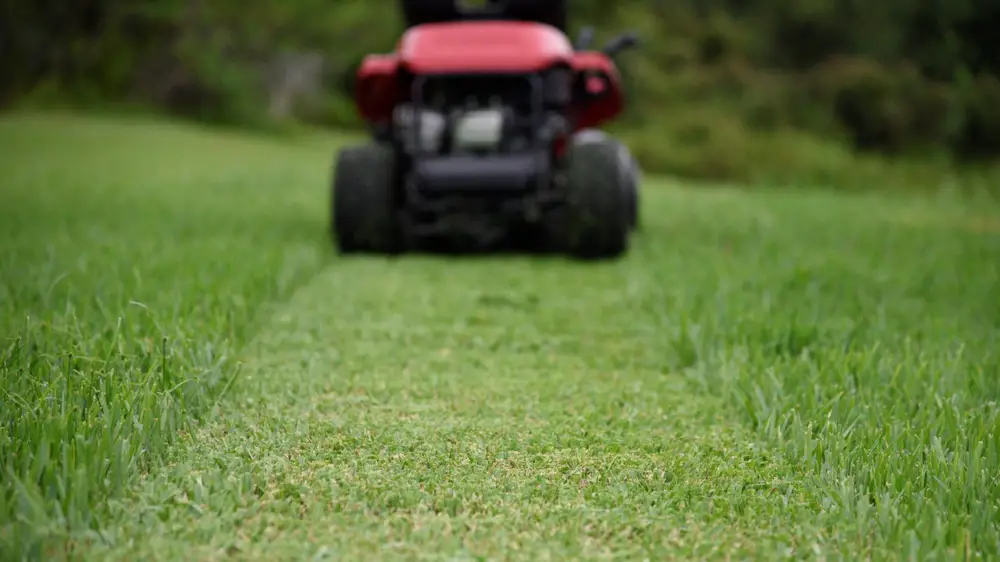A well-kept lawn can do a lot to improve the look and value of your home.
If you’ve just put down St. Augustine sod, it’s essential to know how to take care of it so that it continues to grow and stay healthy.
Caring for Your New St. Augustine Sod – What You Need to Know
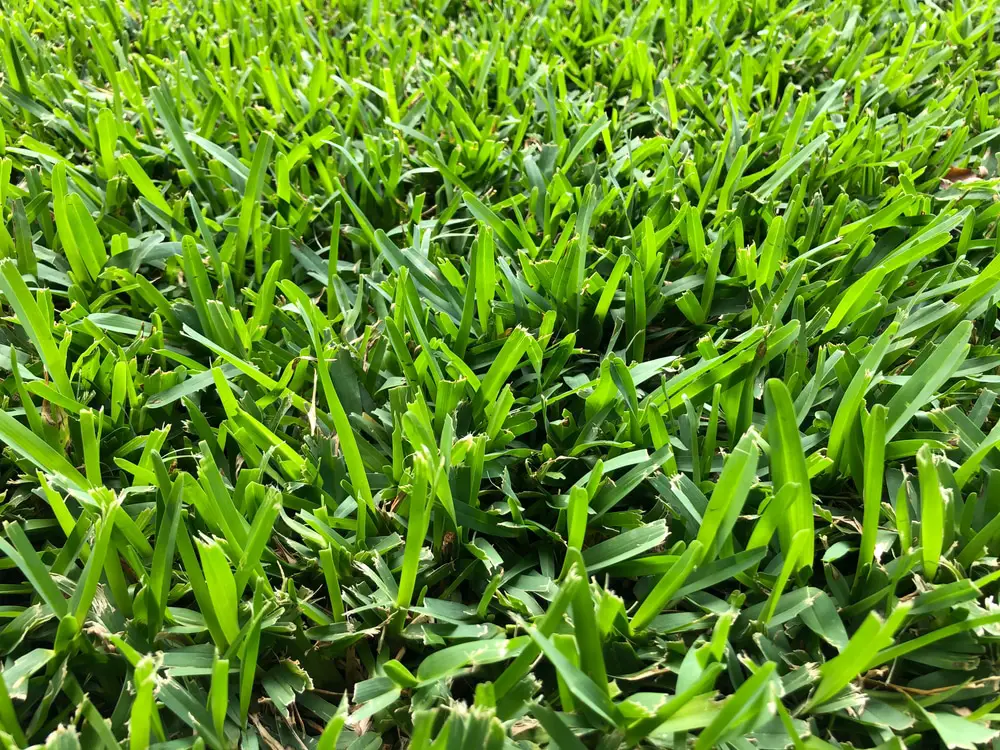
Discover the key factors for the successful maintenance of St. Augustine sod in this comprehensive guide. Learn the best times to water, fertilize, and control weeds. Get tips on preventing soil erosion and promoting growth. Get the green lawn of your dreams with our expert advice.
St. Augustine sod is a popular type of grass with thick, green blades that are soft to the touch.
It’s used a lot in both residential and commercial landscaping, and it’s an excellent choice for lawns in hot, humid places.
This article will tell you how to take care of your new St. Augustine sod in a way that will help it grow and stay healthy.
Getting Ready to Put Down New St. Augustine Sod
St. Augustine sod is a beautiful grass that requires little care and can do a lot to improve the look of your yard.
But if you want it to grow well, you must ensure the soil is ready before you put it in.
If you prepare the soil well, the roots will have a strong place to grow, and the grass will be able to take hold quickly.
Getting the soil ready
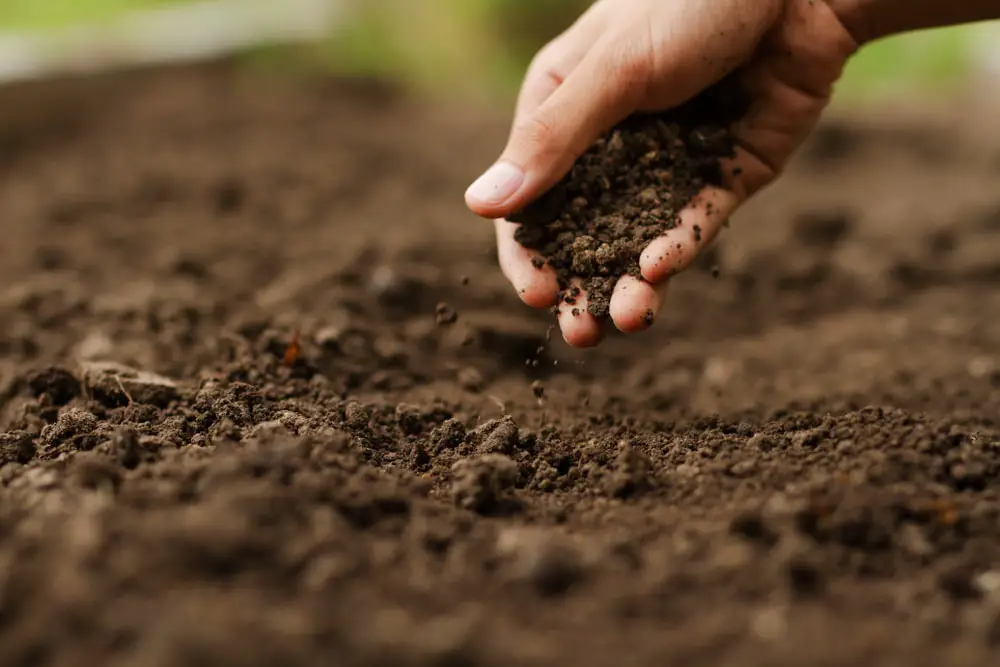
Checking the pH level is one of the first things to do when preparing the soil for St. Augustine sod.
St. Augustine grass grows best when the pH is between 6.0 and 7.0.
If the pH level is too high or too low, it can affect how your grass grows and how healthy it is.
You can either buy a soil test kit at a nearby garden center or have a professional test your soil.
You can change the pH level of your ground if you need to by adding lime or sulfur.
In addition to checking the pH level, getting rid of any rocks, sticks, or other organic matter in the soil is vital.
This will help make sure that the sod goes down on a smooth surface.
You can also make the soil more fertile and provide the roots with what they need for growth by adding compost or other organic matter to it.
Watering Before Installation
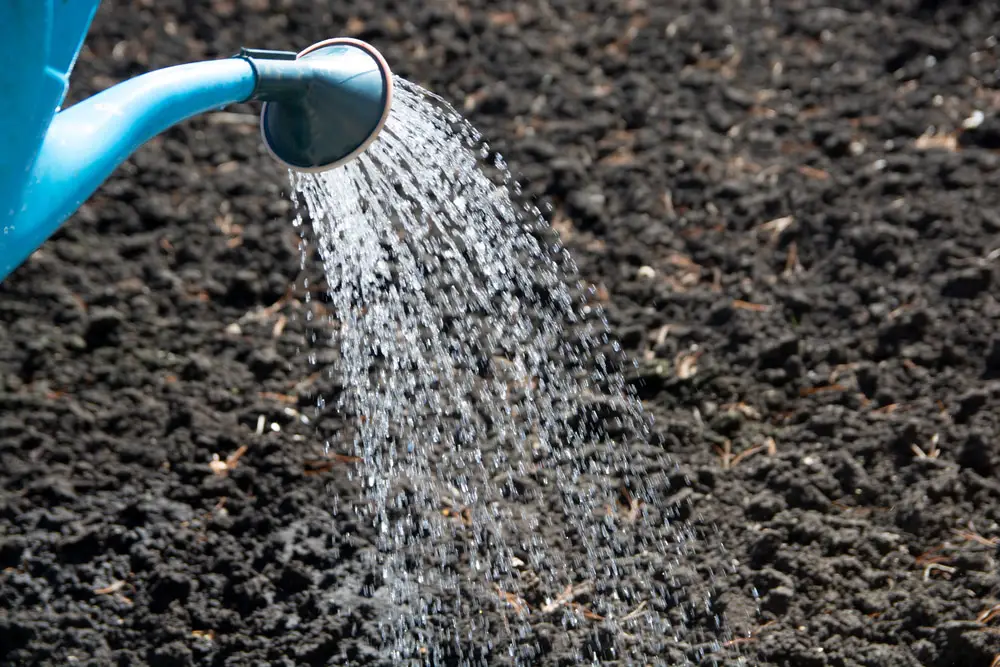
Before you put down your St. Augustine sod, you should water the soil until it is 6 to 8 inches deep.
This will help the soil settle down and give the roots a better place for growth.
Soaking the soil with water before putting down the sod can also make it less likely that the sod will dry out while it is being put down.
How to Choose the Right Time to Install St. Augustine Sod
The best time to put down St. Augustine sod is when the temperature is between 60°F and 85°F.
You should lay the sod in spring or fall when the weather is cooler to minimize the risk of the grass drying out.
During the hot summer months, if the grass doesn’t get enough water, it can dry out and die quickly.
Installing the sod in the fall or winter will also make the grass less stressed and give it a better chance to grow quickly.
By getting the soil ready and installing the sod at the right time, you can give your new St. Augustine sod a strong base that will support its growth and health for years to come.
Care Every Day After Installation.
Once your St. Augustine sod is down, it’s essential to keep up with its care to make sure it grows and stays healthy.
Taking care of your grass daily can help it grow healthily and keep weeds from taking over.
Watering St. Augustine Sod
St. Augustine sod needs to be watered often and consistently, especially in the first few weeks after it is put down.
Depending on the weather and the soil, you should water once or twice a day.
The optimal time to water is either early in the morning or late at night to prevent moisture from evaporating and going to waste.
Overwatering your sod can hurt it, so you should change how often you water based on the weather and the state of the soil.
Mowing St. Augustine Sod
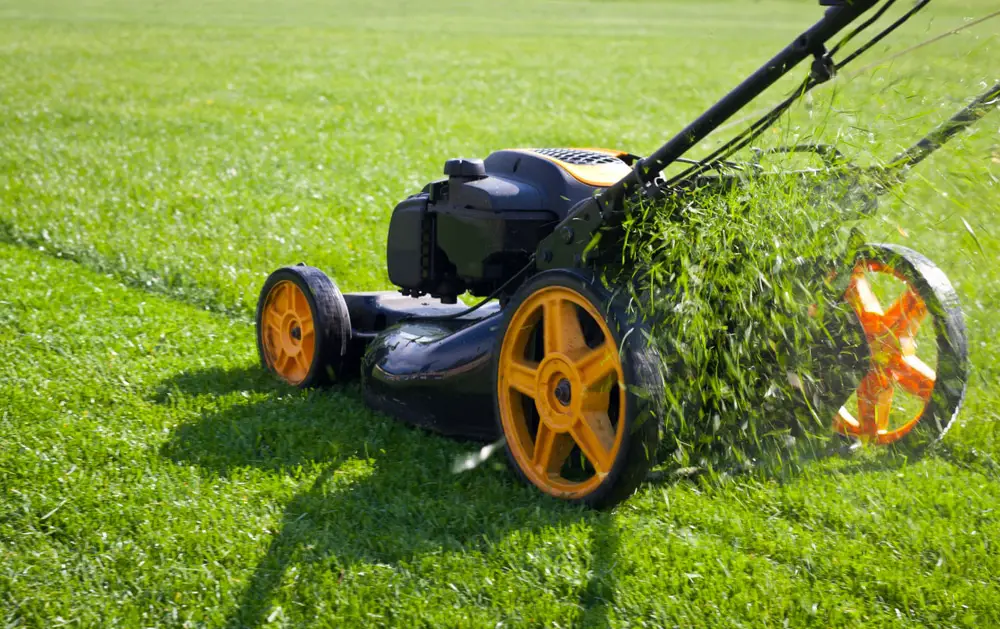
About a week or two after putting it down, you can start mowing your St. Augustine sod.
The first time you cut the grass, you should cut it to a height of 2.5 to 3 inches.
After that, you can cut it whenever you need to, but keep the height between 2 and 3 inches.
This will help keep your grass thick and healthy, leading to a thick and full lawn.
Use a sharp blade on your lawnmower to keep the sod from getting hurt and to keep the grass from getting scalped.
Scalping can hurt the roots, making it harder for your grass to grow back.
Weeding
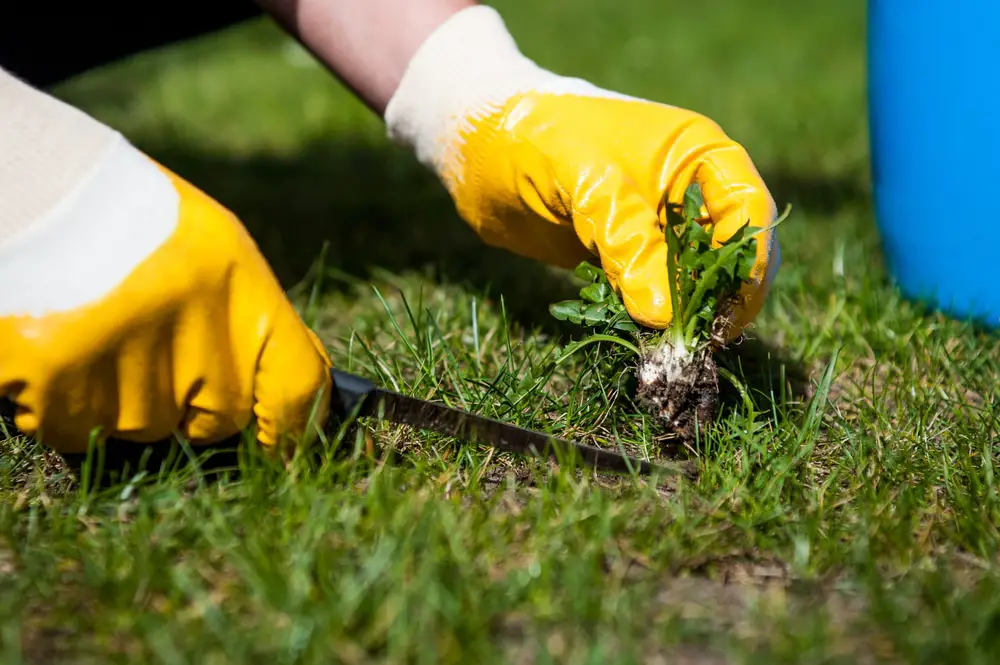
Even St. Augustine sod can have problems with weeds.
To stop weeds from growing, it’s essential to keep the grass canopy healthy and full.
This will help keep weed seeds from growing because they won’t have room to grow.
If weeds develop, they need to be taken care of quickly so they don’t spread.
You can eliminate weeds in your St. Augustine sod either by pulling them out by hand or by applying a weed killer spray.
In the end, taking care of your St. Augustine sod daily will help make a healthy, thick, and weed-free lawn.
Watering, mowing, and pulling weeds is crucial to this care.
With a bit of work, your St. Augustine sod can give you a lush, beautiful lawn for many years.
When Should St. Augustine Sod Be Fertilized?
Fertilizing your new St. Augustine sod at the right time is essential for its health.
The first time you should fertilize should be between 4 and 6 weeks after planting.
Fertilization should be done every 6–8 weeks after the first one.
This schedule will help you keep your grass healthy and robust as it grows.
St. Augustine is a warm-season grass that is often used for lawns in the southern United States.
It is crucial to fertilize your new St. Augustine sod properly if you want it to grow and stay healthy.
By fertilizing the grass, you give it the essential nutrients it requires for growth and preserving its green color.
A slow-release, balanced fertilizer is the best kind of fertilizer to use on St. Augustine sod.
This kind of fertilizer is made to release its nutrients slowly over time.
This gives the sod a steady supply of nutrients.
Nitrogen, phosphorus, and potassium are the three nutrients St. Augustine sod needs in the right amounts.
Nitrogen helps the grass grow well;
Phosphorus helps the roots grow;
Potassium helps the grass handle stress.
In the end, for your new St. Augustine sod to grow and stay healthy, it needs to be cared for and fertilized correctly.
You should always follow the instructions on the fertilizer label and, if needed, seek clarification from a professional in lawn care.
Read More:
11 Weeds That Look Like Grass (Invasive Grass Types)

